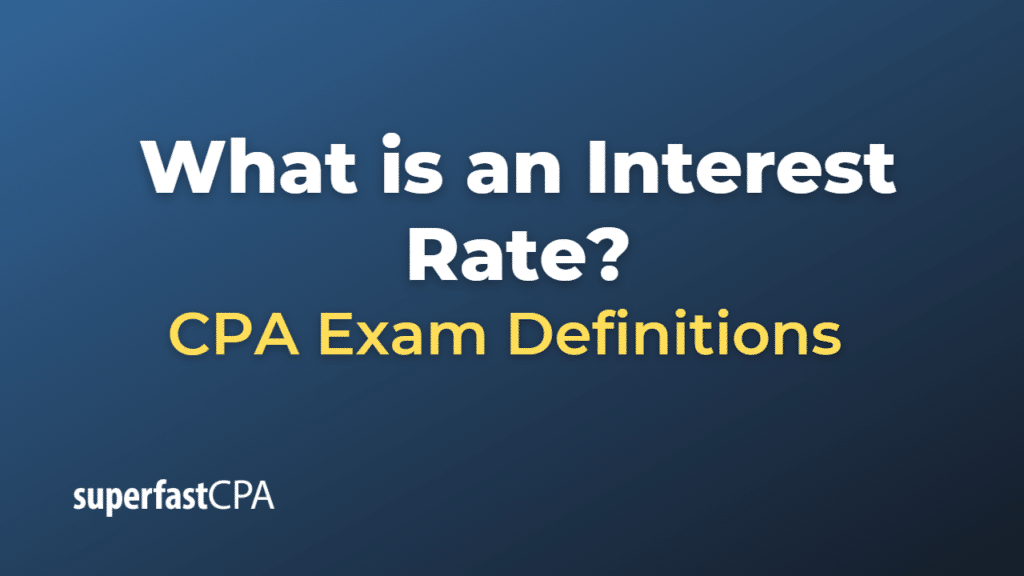Interest Rate
An interest rate is the percentage of a loan or deposit amount that a borrower pays or an investor receives for the use of money. Interest rates are typically noted on an annual basis, known as the annual percentage rate (APR).
There are several types of interest rates:
- Simple Interest Rate: This is used when the interest on a loan or investment is calculated only on the amount initially deposited or borrowed.
- Compound Interest Rate: This is used when the interest is calculated on the initial principal and also on the accumulated interest of previous periods of a deposit or loan.
- Nominal Interest Rate: This is the rate of interest before adjustment for inflation. It’s the rate quoted in loan agreements, deposit agreements, etc.
- Real Interest Rate: This is the rate of interest after adjusting for inflation. It shows the rate of return in terms of purchasing power.
Interest rates have a huge impact on the economy, influencing decisions like borrowing for individuals or investing for companies. They are a key policy tool for central banks to manage economic growth and inflation. A higher interest rate usually cools off economic activity as borrowing becomes more expensive, and a lower interest rate generally stimulates economic activity as borrowing becomes cheaper.
Example of an Interest Rate
Let’s consider a simple example of an interest rate applied to a savings account.
Suppose you deposit $10,000 into a savings account that offers an annual interest rate of 1%.
At the end of one year, you will earn interest on your deposit. This interest is calculated by multiplying your initial deposit by the interest rate.
Interest = Principal x Interest Rate = $10,000 x 0.01 = $100
So, after one year, you would have earned $100 in interest, making your total account balance $10,100.
This is an example of a simple interest calculation, where interest is calculated only on the initial deposit. If the interest were compounded (for example, annually, semiannually, or quarterly), you would earn “interest on your interest,” and your total account balance would be slightly higher.
In terms of borrowing, the concept is similar but reversed. If you borrowed $10,000 at an interest rate of 5% per annum, by the end of the year, you would owe the principal amount ($10,000) plus the interest ($10,000 x 0.05 = $500), assuming it’s a simple interest loan. So, you would have to pay back a total of $10,500.
These examples illustrate how interest rates work in basic lending and deposit situations. In real-world scenarios, the calculations might involve more factors, such as compounding periods, variable rates, and fees.













